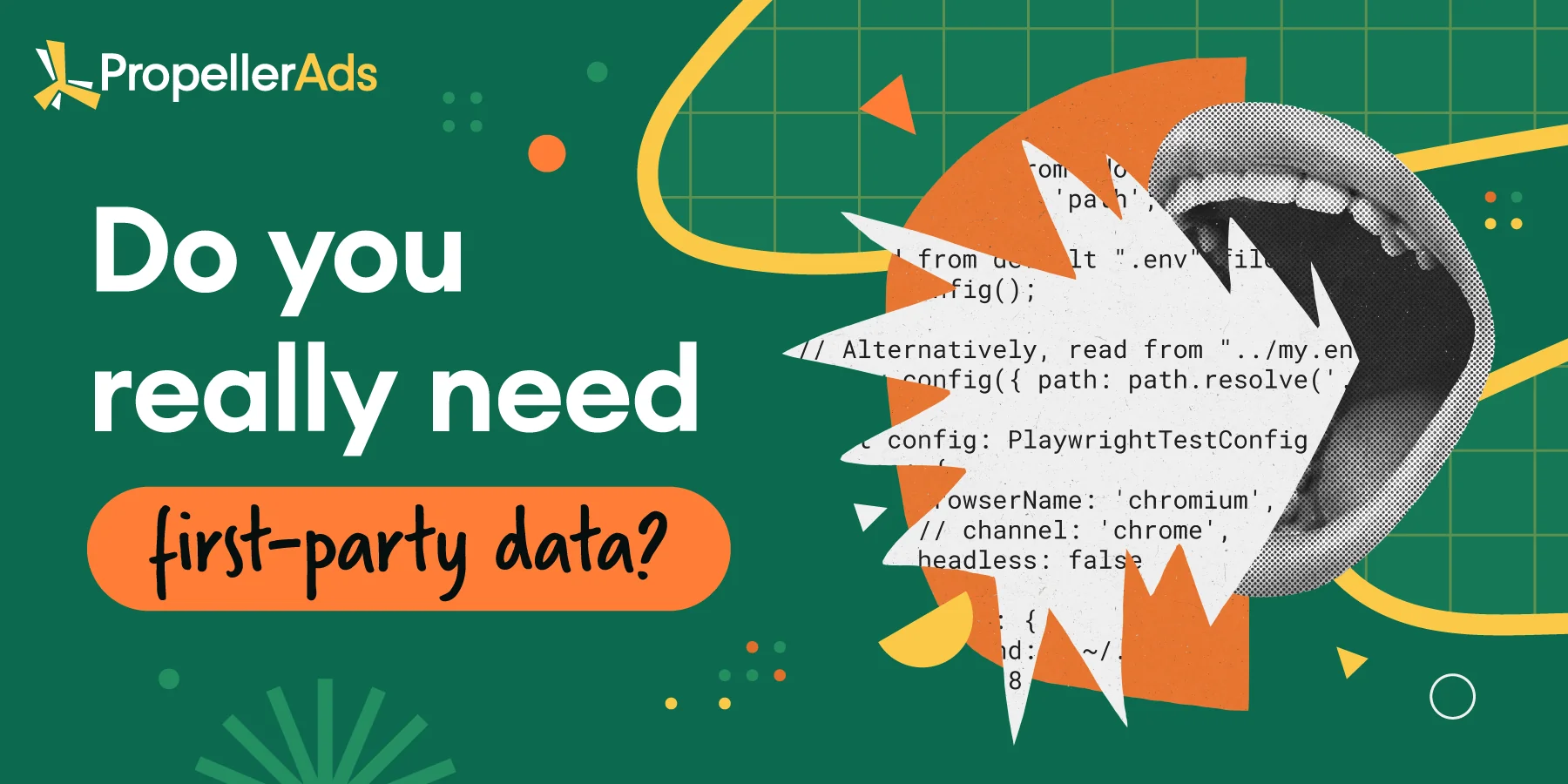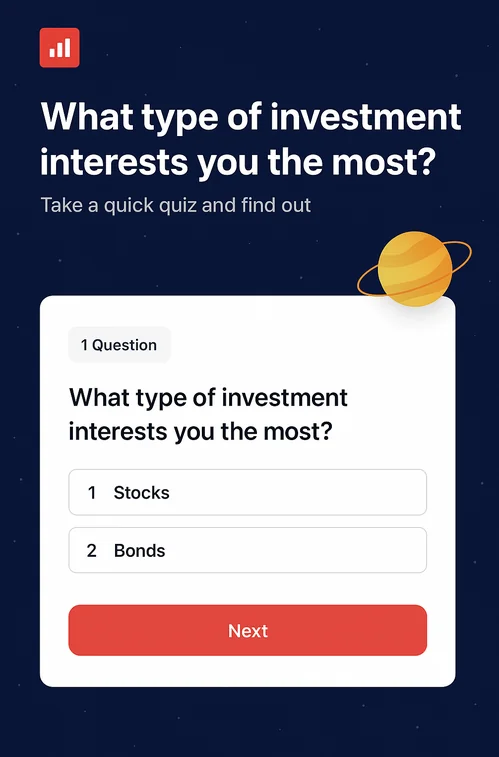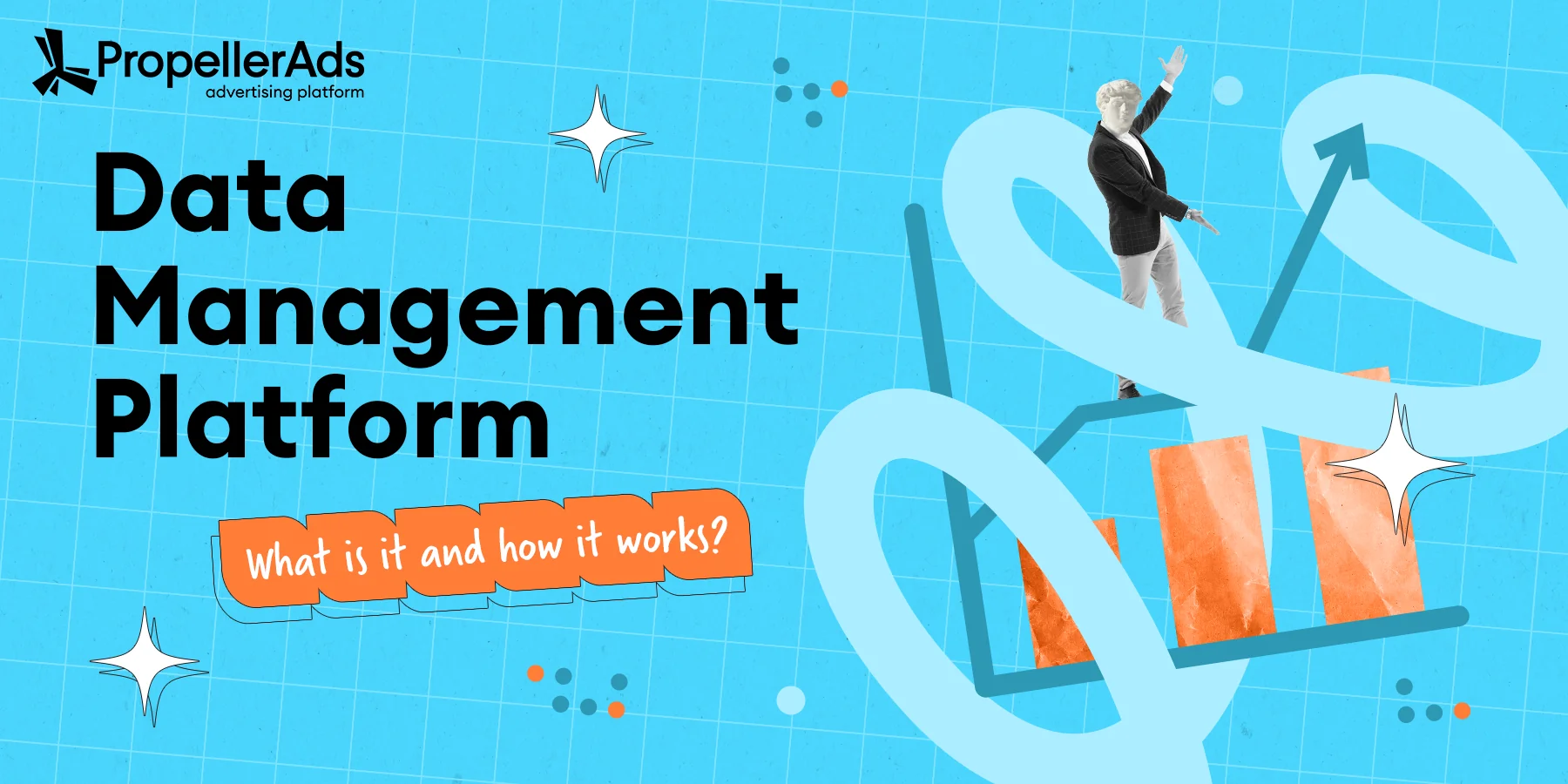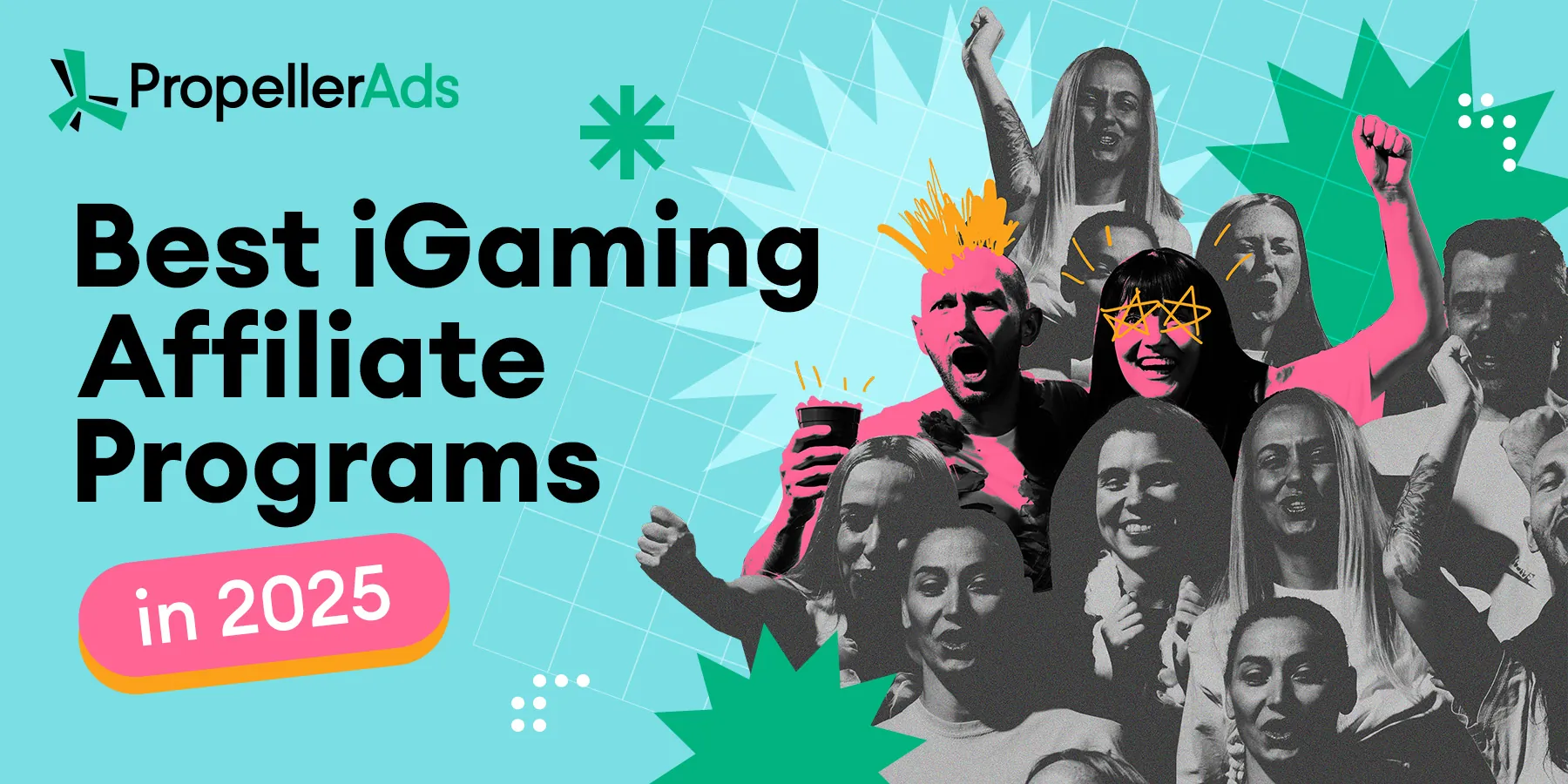Are You Stealing Your Own ROI by Ignoring First-Party Data?

You’ve definitely heard a lot about first-party data lately, with all the buzz around third-party cookie bans. That said, they’re still very much alive — at least in Chrome. Other browsers like Safari and Firefox block them by default, but Chrome has not fully phased them out yet. This kind of explains why not everyone is rushing headfirst into first-party data.
Meanwhile, first-party data is proving to be extremely valuable, regardless of what happens with third-party cookies. At least, that’s what some of our partner experts have been telling us — but more on that in a moment.
What is First-Party Data?
First-party data is the information you collect directly from your own audience: customers, website visitors, or app users. So, unlike third-party data, there are no middlemen, no telephone games – it comes to you right from your users, right from your source.
To give you a little bit clearer explanation, we prepared a comparison table for you:
| First-Party Data | Third-Party Data |
| Collected directly from your own audience (customers, site visitors, app users) | Collected by external providers and shared with advertisers |
| Fully owned and controlled by you | Owned by third-party vendors |
| High accuracy (comes straight from your users) | Accuracy can vary as aggregated from many sources |
Konstantin Ulanov, the UFFILIATES CPA network co-founder: The main advantage of the first-party data is control and data quality. Accurate tracking means you can actually see how users behave on your own sources. Effective retargeting lets you reach the right people — for example, you can segment users who clicked but didn’t make a deposit. Overall, working with your own data makes it easier to boost LTV by building long-term retention strategies, like emails, personalized offers, and re-engagement campaigns.
How Can Affiliate Marketers Use First-Party Data?
First-party data may sound a little bit corporate, but affiliates can also get tons of useful info from them, too. Look what it can be:
- Push notifications and subscribers. If you collect your own push subscriber lists from your landing and pre-landing pages, congrats on you: that’s exactly your first-party data. It can be used for retargeting, user segmentation, or even extra monetization – for example, with the help of ProPush.me.
For example, some users only want notifications about new games, while others follow deals and bonuses. This way, you can show each group what actually interests them. Another example: you can divide your audience into those who click often and those who rarely notice your messages.
In this case, you encourage the active ones to spend more (for example, by offering them special bonuses or new game alerts) and try to re-engage the quieter ones (for instance, sending a ‘we miss you’ offer or a reminder about ongoing promotions.
Plus, you can see what device they’re on and how long they’ve been subscribed. It allows you to customize different messages for newcomers, loyal users, or those who have been away for a while.
A small case study from Konstantin: for one of UFFILIATES’ partners, first-party data boosted ROI by 25% thanks to smarter retargeting and segmentation.
- E-mail lists. When users subscribe to your marketing emails about various guides, promo codes, or articles, that’s also the first-party data that will help you retarget.
Here’s a small case study from Konstantin: One of UFFILIATES’ partners saw the average user check jump 18% after he launched personalized email campaigns.
- Pre-lander user behavior. Why not track who clicked the CTA button, how much time a user spent on the page, and which blocks were the most engaging? That’s also your own dataset that you can use to optimize your campaigns. For example, if you notice that most users skip a certain section or stop scrolling before a specific block, you can move the CTA higher, simplify the content, or highlight the most engaging parts.
A tip: use Google Analytics to track clicks, scroll depth, and time on page, and add Hotjar, Microsoft Clarity, or FullStory for visual heatmaps.
- Registration forms. If you drive traffic to your own pre-lander with a form (like a short quiz before the offer), every answer people give you is also your first-party data. Use it to retarget, upsell, or build your own audience for new offers.
So, to sum up: first-party data is everything you learn about a user on your pre-landers and forms. See now why smart funnels are often better than a basic ad clicking straight to an offer?
Where is First-Party Data Really Necessary?
Do all the verticals require collecting first-party data? Well, not really: the difference is in how useful it is and how deep you can go with it.
For example, Giveaways: you can gather data here, but does it have much value? Yes and no: the audience is not loyal here, as they are here for quick wins. However, these freebie hunters can make a nice audience for other Giveaway offers, so it can be pretty profitable depending on your overall strategy.
Or think Social apps. Here, you can collect user demographics and some activity patterns – nice first-party harvest, isn’t it! However, such kind of data ages quickly: user behavior changes pretty fast in this vertical.
Today, a user was looking for a serious relationship, and a month later, they’re already into ‘just chatting’. Overall, this niche is about ‘here and now’, so relying on the first-party data is less reliable: it’s simply not relevant for so long!
Meanwhile, first-party data is a much bigger deal in competitive areas like iGaming or eCommerce. In fact, it’s super important where customer acquisition costs are high. Here are some examples of verticals where first-party data can be considered a must.
iGaming
The real profit of an affiliate marketer in iGaming doesn’t come just upon a single click, especially if you are on RevShare. So, keeping players engaged and active over time is crucial for iGaming, and first-party data can help. Here is, for example, what you can track:
- Who logs in during weekends vs. weekdays
- Users who prefer quick or long sessions
- Those who react best to seasonal promos
Knowing these little habits will allow you to send the right message at the right moment — be it an email, a push notification, or a retargeted ad.
Finance
Sales in finance services – bank cards, loans, investment – are all about user trust. However, the juiciest data is locked away with the banks: only they can access user spending, their financial behavior, transaction history, etc.
This said, as an affiliate marketer, you can get your share of the first-party data too. What’s more, it’s also a key to your campaign efficiency: you obviously want to send relevant users to the offer, right?
That’s why collecting first-party data in the Finance vertical isn’t just helpful, but basically your first step towards prescoring leads.
So how can you do it? A good idea is the form of a quiz on your pre-lander – in fact, a classical part of the funnel for Finance offers:

This is where you might face a dilemma: on the one hand, you want to collect more data. At the same time, most media buyers prefer keeping the forms short: CRs might drop because users get tired of filling out a huge survey.
So, you need to find a balance here. One good example for your reference:
- Question 1: Date of birth (you need to verify if the product is even available for a user)
- Question 2: What is your monthly income? (often collected as ranges (e.g., ‘up to 30k’, ‘30-60k’)
- Question 3: Why do you want a credit card? (to withdraw cash, purchases, travel)
- Question 4: Consent checkboxes
E-commerce
As Konstantin said – and we guess, everyone agrees – a buyer database is pure gold for eCommerce stores. However, as an affiliate marketer, you don’t have access to personal insights like who purchased what.
What shall you do? Here are two small add-ons you can add to your pre-lander for collecting first-party data:
- A link to your Telegram channel. This might look like a badge on your pre-lander, saying ‘Subscribe to a private channel with knockout discounts on AliExpress. Every day we send 1-2 items with cashback up to 90%’. Users will subscribe, and you will get a rich retargeting source in Telegram.
- A quiz. The point is to warm up a user and get some more info from them. The quiz might include simple questions like ‘What are you interested in?’ or ‘What’s your budget for shopping?’. As a user fills in the survey, they are redirected to the offer, and you will receive perfect insight for audience segmentation.
Nutra
Just like in Finance, building trust is crucial in Nutra. What’s more, the vertical becomes much more profitable for you with cross-sells, upsells, and retargeting with related offers.
Collecting first-party data kills two birds with one stone: you both earn a user’s faith and collect first-party data for your next campaigns. It can be a personalized quiz on your pre-lander like ‘Which supplement is right for you?’, or some exclusive content like nutrition guides or workout plans. In exchange, users willingly share their email or Telegram — and this way, you’re building a warm, engaged user database.
To sum it all up: The higher the customer LTV is, the more valuable first-party data becomes. So, the verticals where customer retention, trust, and repeat sales drive most of the revenue, first-party data isn’t just nice to have – it’s the key to boosting your profit.
Any Pitfalls?
You should mind three more nuances:
- Collecting first-party data requires correct infrastructure: any mistakes might lead to trash data. So, it requires the right services with the correct settings. For example, you can use HubSpot or Airtable to store and organize data.
- Trash data might also appear if a user leaves a fake phone number or email, which might spoil retargeting efforts. Again, you need some tools here: for example, ZeroBounce or NeverBounce helps verify and validate emails.
- You can’t collect first-party data once and forever. Even the most valuable information gets outdated, so this must be a continuous process, not a one-time thing.
- Always mind the process of how you collect, use and process data.
To Sum Up
Having your own data lets you better understand users, optimize campaigns more efficiently, and create strategies that others can’t easily copy.
As Konstantin said, ‘While not the standard yet, collecting first-party data is definitely a big trend, quickly adopted by major players. Most affiliates still rely on fast schemes, but the future is in first-party data. Starting to collect it now will provide a key competitive advantage later.’





